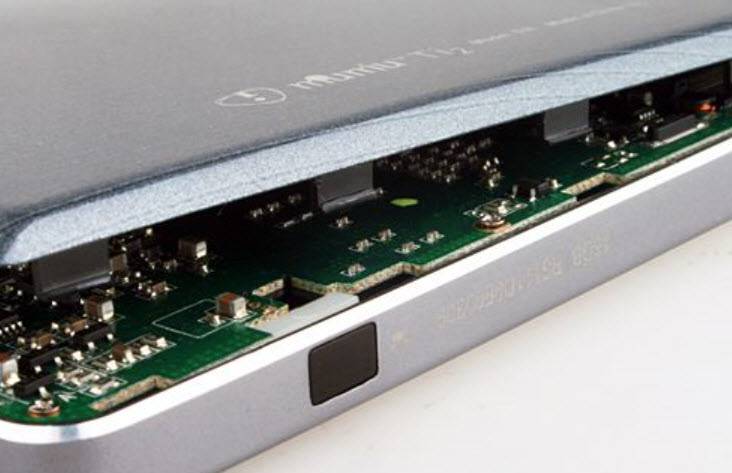Yesterday, we share some informations about the snap latches designed onto some plastic parts, today we want to share some experience about the design of the snap latches.
Here we consider the general case of a beam tapering in both directions, when we disassemble a plastic product, there is a disassembly force at every snap latch, The disassembly force is a function of the coefficient of friction, for most plastics, it ranges from 0.3 to 0.6, of course, different surface roughness means different coefficient of friction, for example, there is a snap latch called self-locking latch, the most important part is angle design, it can make the mating parts cannot be pulled apart. The formula is that The self-locking angle = tan-1(1/µ) ,where µ is the coefficient of friction which ranges from 0.3 to 0.6 for most plastics. According to this formula, we know angles ranging from 73° for low coefficient of friction plastics to 59° for high coefficient of friction plastics.
If we don’t follow this this formula, the snaps will not pull apart unless the snap beam is deflected by some other means such as a release tool. If the snaps are to be used in the factory for assembly only, the product will never be disassembled by the end user, the self-locking angle should be exceeded. If the user is expected to disassemble, then the angle should not be exceeded.


thanks for sharing your experience on this issue
Your description and data are very accurate, I got it
please share more! I really need it!
Very useful experience, I am an industrial designer, i certainly appreciate your sharing,
keep on it